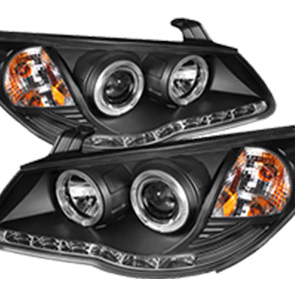Throttle Control Mechanism for Enhanced Engine Performance and Efficiency
Understanding Throttle Rods A Key Component in Automotive Performance
Throttle rods play a crucial role in the realm of automotive engineering. These components serve as integral links within the throttle control system, responsible for regulating the engine's power output based on the driver’s intention. Understanding how throttle rods function can provide insights into both vehicle performance and the intricacies of automotive design.
The primary purpose of a throttle rod is to connect the accelerator pedal to the throttle body of an engine. When a driver presses down on the accelerator pedal, the throttle rod translates this input into mechanical motion, allowing the throttle plate to open. This process permits more air to enter the engine, increasing the power generated during combustion. Consequently, the efficiency and responsiveness of a vehicle’s acceleration are directly influenced by the design and condition of the throttle rod.
In early automotive designs, throttle rods were primarily mechanical, often consisting of cables or rods made from materials like steel. These systems offered simplicity and straightforward operation. However, as technology evolved, so did the complexity of throttle mechanisms. Many modern vehicles now use electronic throttle control systems, also known as “drive-by-wire” systems. In these configurations, traditional throttle rods are replaced by sensors and actuators that communicate electronically, allowing for more precise control of throttle response.
Despite the growing prevalence of electronic systems, mechanical throttle rods are still found in various applications, particularly in classic car restoration projects and performance vehicles, where enthusiasts prefer the tactile feedback of a direct mechanical connection
. These systems can be tuned for specific performance characteristics, allowing hobbyists to customize how their vehicle responds to throttle input.throttle rod

The design of throttle rods can vary significantly depending on the vehicle and its intended use. Factors such as length, diameter, material, and connection points all play a role in how effectively the throttle rod can transmit the driver’s inputs. Ideally, a throttle rod should provide a smooth and direct response, minimizing any lag between pressing the accelerator and the initiation of power delivery to the wheels. This is crucial for performance vehicles that require quick throttle responses for optimal acceleration.
Maintenance of throttle rods is also essential for ensuring peak performance. Over time, throttle rods can experience wear and tear, which can lead to a decrease in performance or response time. Components may corrode, become misaligned, or develop play in their mounting points, leading to a less predictable driving experience. Regular inspection and maintenance will help identify issues early, allowing for repairs or replacements to be made before they escalate into more significant problems.
Furthermore, tuning the throttle rod can enhance vehicle performance. Adjustments can sometimes be made to the length or angles at which the rod connects to the throttle body, which can either stiffen or soften the throttle response. This process requires a keen sense of mechanics and understanding of how these changes will impact the overall system. For those with the knowledge and skills, tuning throttle rods can be an excellent way to optimize the vehicle's performance characteristics to suit driving preferences or racing applications.
In summary, throttle rods are fundamental components of modern automotive systems, bridging the connection between driver intention and engine power output. Whether in classic cars or modern vehicles, understanding their function and maintenance can significantly impact vehicle performance. As technology progresses, the evolution from mechanical rods to electronic systems showcases the industry's push towards better efficiency and performance. However, the principles of how throttle rods work remain vital in appreciating the nuances of automotive engineering and the driving experience they provide.
-
Workings of Clutch Pipe and Hose SystemsNewsJun.04,2025
-
The Inner Workings of Hand Brake Cable SystemsNewsJun.04,2025
-
The Secrets of Throttle and Accelerator CablesNewsJun.04,2025
-
The Hidden Lifeline of Your Transmission Gear Shift CablesNewsJun.04,2025
-
Demystifying Gear Cables and Shift LinkagesNewsJun.04,2025
-
Decoding Clutch Line Systems A Comprehensive GuideNewsJun.04,2025
